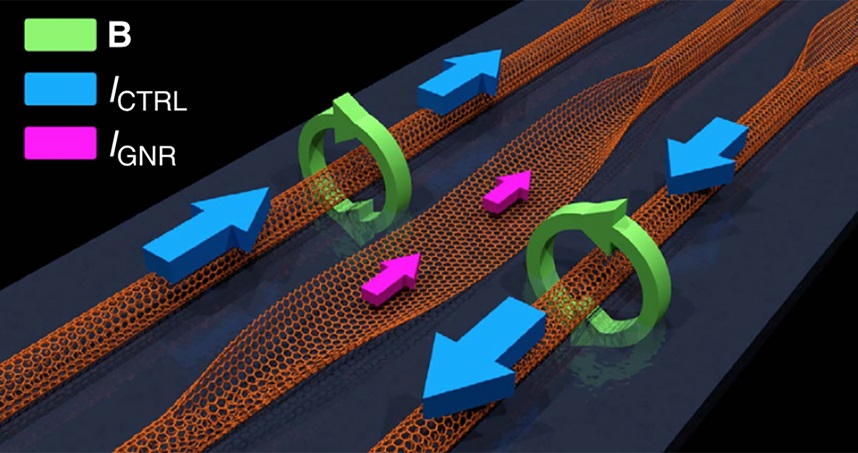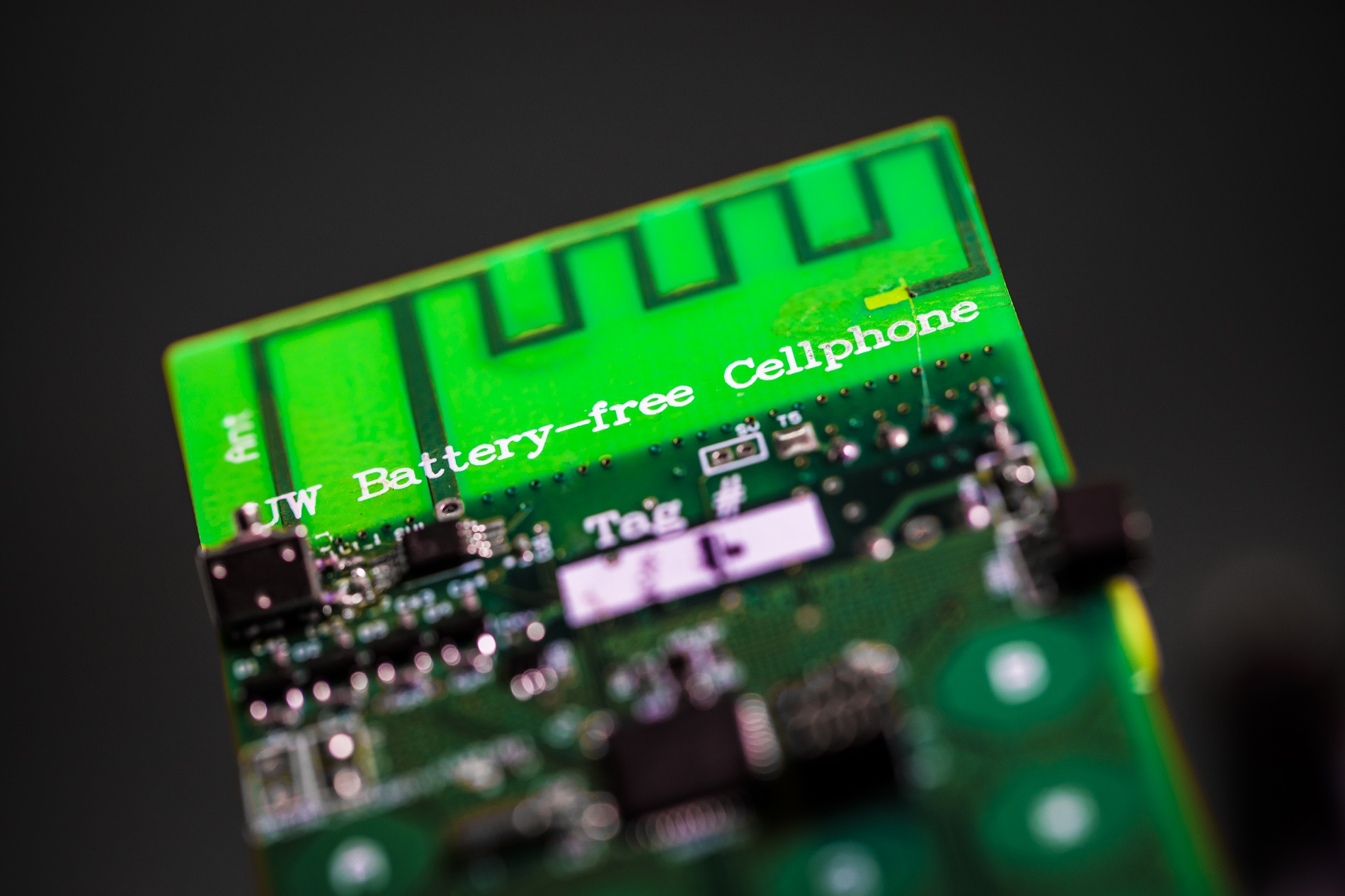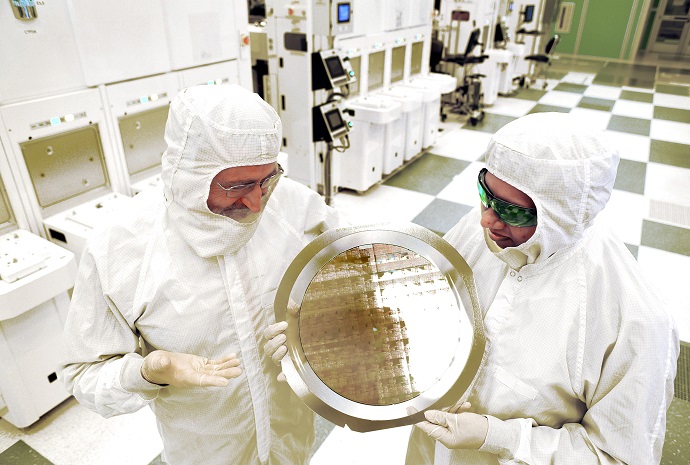Mar 28, 2016
A new study by an international team of researchers, affiliated with UNIST has found a new way to produce electronic devices, such as diodes, logic gates, and sensors without the need of semiconductors.
In their study, published in the current edition of Nano Technology, the team reported that they used metal nanoparticles, coated with charged organic ligands to create versatile electronic circuits, which they have named “chemoelectronic” circuits.
![]()
According to the research team, led by Prof. Bartosz Grzybowski (school of Natural Science) of UNIST, this newly developed nanoparticle diodes and devices are durable enough to withstand in salty, aqueous environments and flexible enough to be operated even under significant bending, thereby overcoming the limitations of the present semiconductor technology.
![]()
In the study, the team engineered the chemoelectronic devices by coating gold nanoparticles with any of four types of organic molecules, called ligands. Each ligand produces a different, charge-related effect when put in water or a humid environment. One dissolved, releasing a positive ion and leaving the nanoparticle surrounded in negative charge. Another had the opposite effect, making the nanoparticle positive and releasing a negative ion.
![]()
This study was jointly conducted by Prof. Bartosz Grzybowski (school of Natural Science) of UNIST, Prof. Yong Yan of the National Center for Nanoscience and Technology in Beijing, Prof. Scott. C Warren of the University of North Carolina at Chapel Hill, and Mr. Patrick Fuller from United States-based company NuMat Technologies.
![]()
![]()














